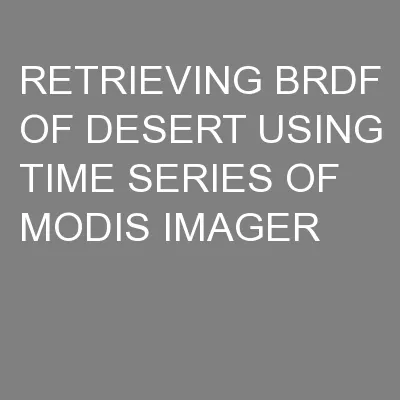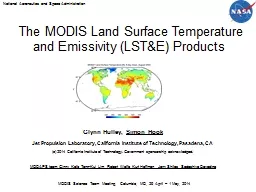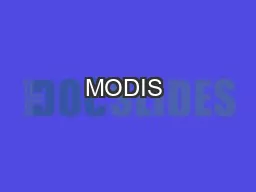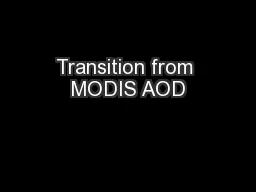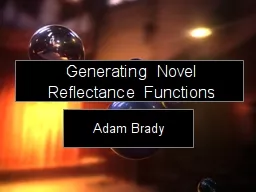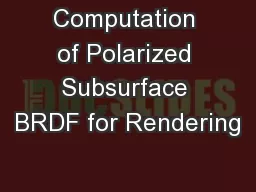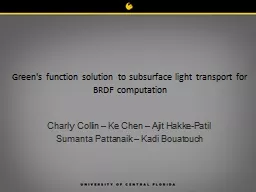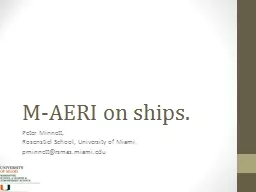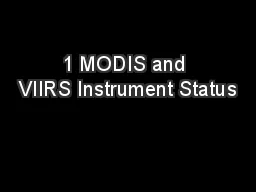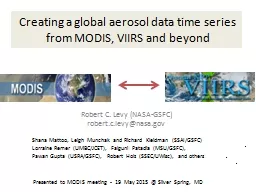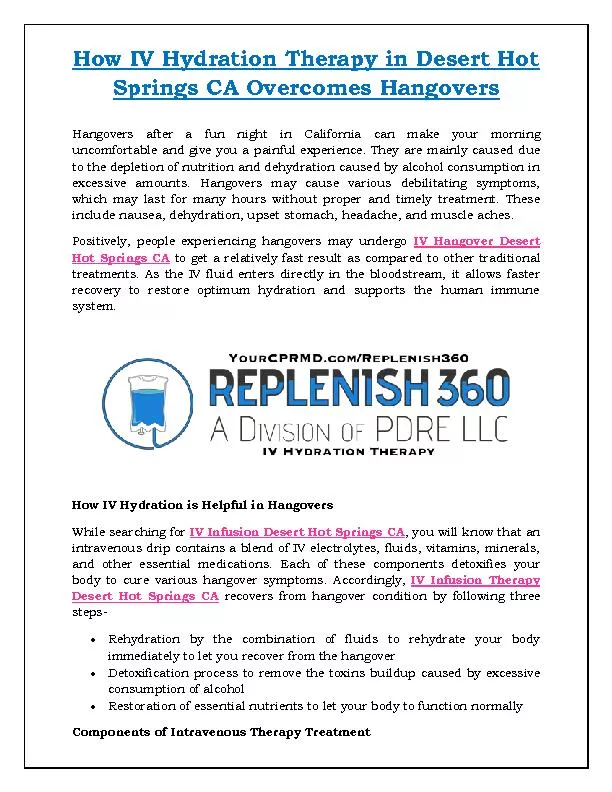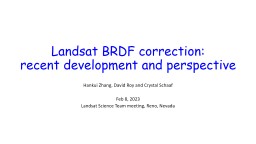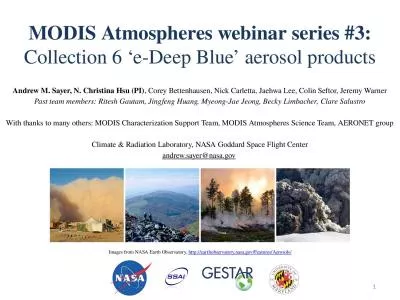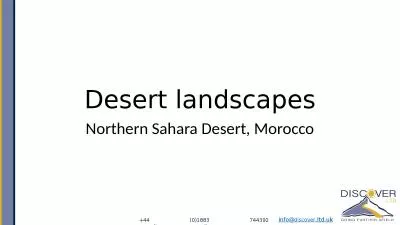PPT-RETRIEVING BRDF OF DESERT USING TIME SERIES OF MODIS IMAGER
Author : pasty-toler | Published Date : 2016-03-03
Haixia Huang Bo Zhong Qinhuo Liu and Lin Sun Presented by Bo Zhong bzhong1gmailcom Institute of Remote Sensing Applications Chinese Academy of Sciences IGRSS
Presentation Embed Code
Download Presentation
Download Presentation The PPT/PDF document "RETRIEVING BRDF OF DESERT USING TIME SER..." is the property of its rightful owner. Permission is granted to download and print the materials on this website for personal, non-commercial use only, and to display it on your personal computer provided you do not modify the materials and that you retain all copyright notices contained in the materials. By downloading content from our website, you accept the terms of this agreement.
RETRIEVING BRDF OF DESERT USING TIME SERIES OF MODIS IMAGER: Transcript
Download Rules Of Document
"RETRIEVING BRDF OF DESERT USING TIME SERIES OF MODIS IMAGER"The content belongs to its owner. You may download and print it for personal use, without modification, and keep all copyright notices. By downloading, you agree to these terms.
Related Documents

